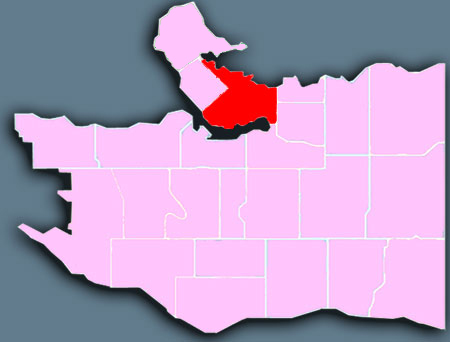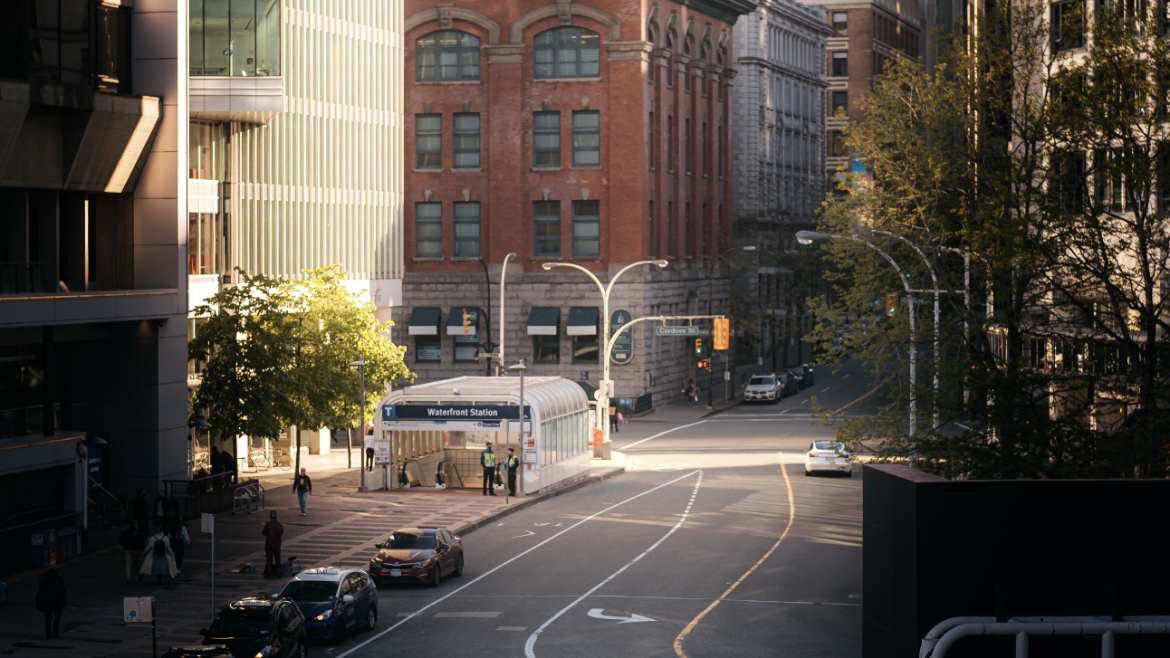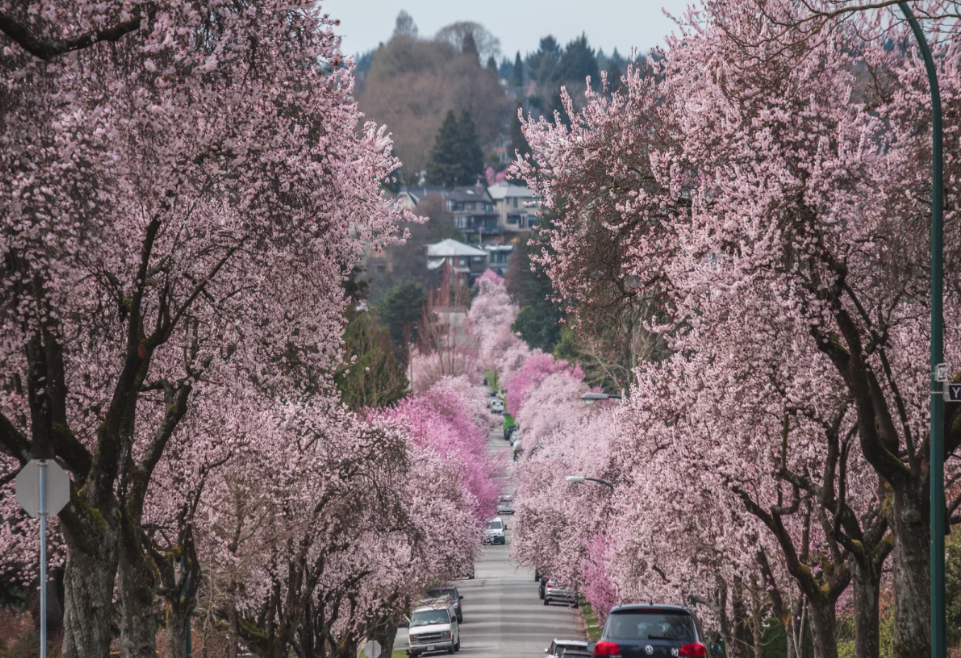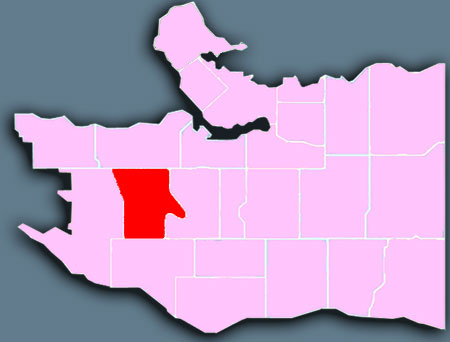Downtown Vancouver
Downtown is Vancouver’s primary business district, houses many arts, entertainment, and sports venues, and is close to several vibrant residential communities. A peninsula, Downtown is bounded by Burrard Inlet on the north, False Creek and the popular district of Yaletown to the south. The West End neighbourhood and world-famous Stanley Park are to the west, and the popular historic districts of Gastown, Chinatown, and Strathcona are to the east.
The downtown area includes most of the remaining historic buildings and many of the larger notable buildings in the region. All but one of Vancouver’s tallest buildings are located within Downtown Vancouver, the one being Marine Gateway North located next to Marine Drive station.
Neighbourhood history and heritage
Just over a century ago, Vancouver was a two-block collection of buildings called Granville (now known as Gastown). This location on Burrard Inlet was competing to be the west coast terminus of the Canadian Pacific Railway. By 1887, a year after the City of Vancouver was incorporated, the first passenger train arrived at the foot of Howe Street, and future growth was assured. In the next seven years, a building boom began to move the city centre from Water and Cordova Streets up to Georgia and Granville Streets. Streetcar service was initiated in 1890, joining the waterfront to Granville, Pender and Cordova Streets.





